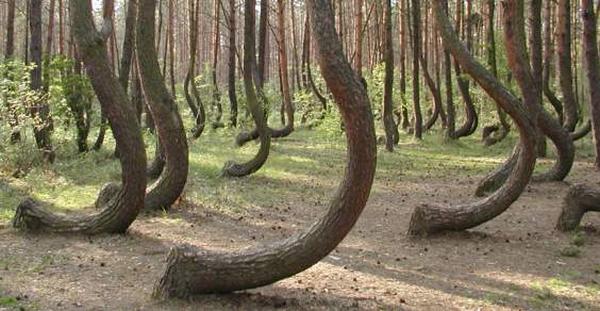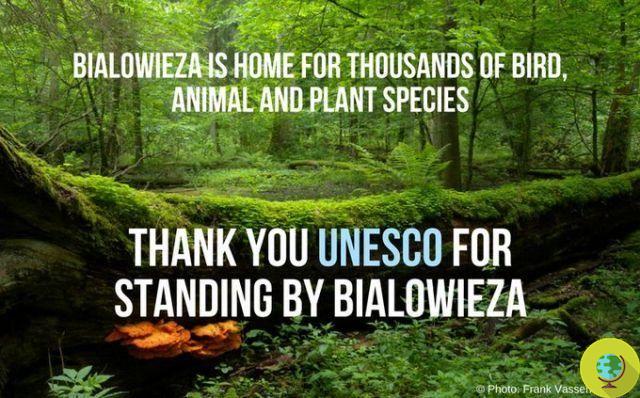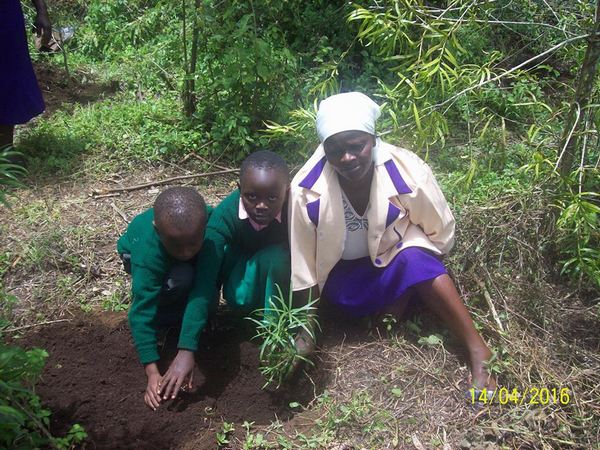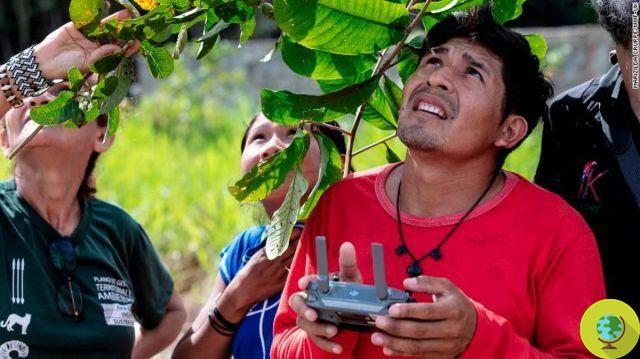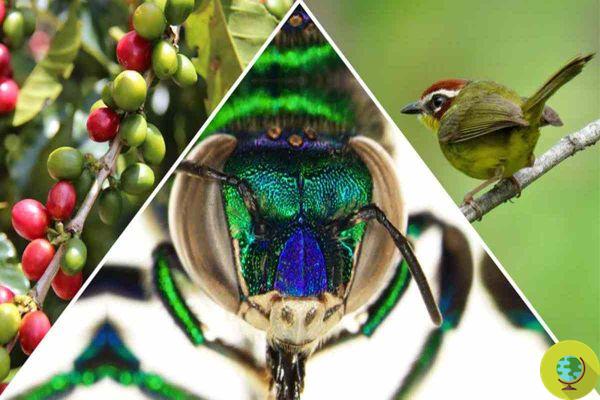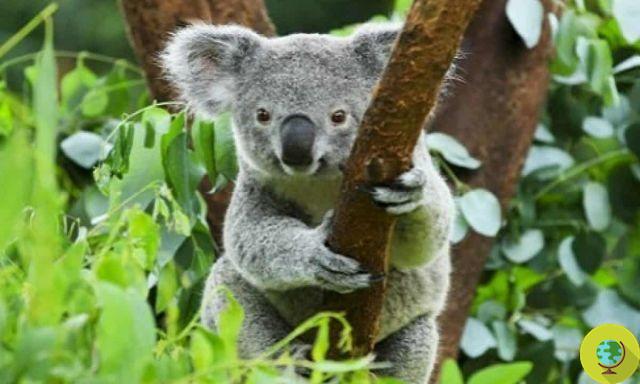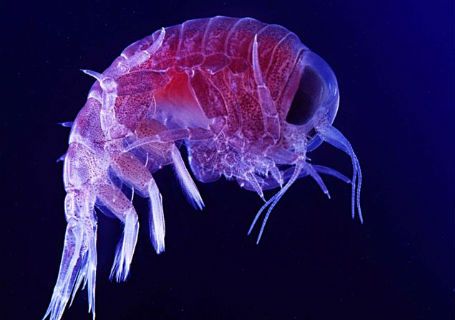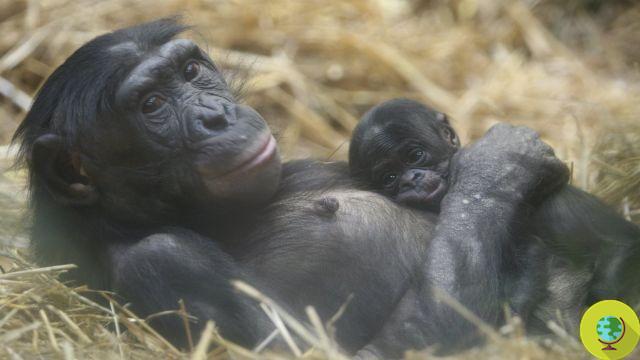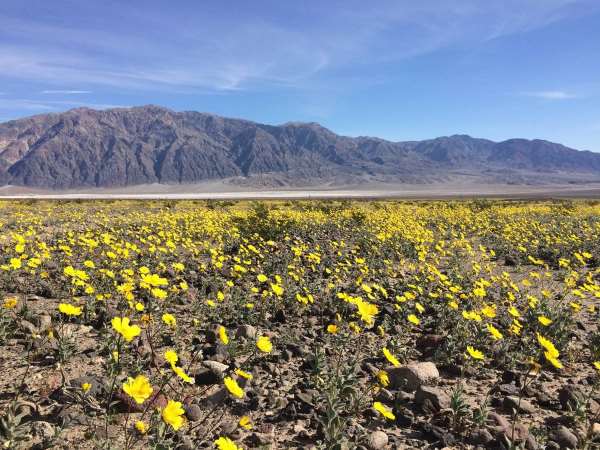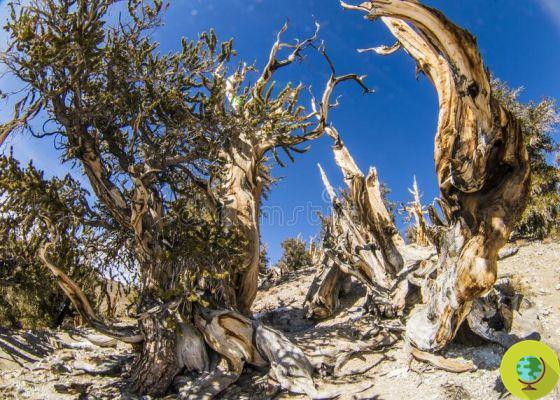Ash trees and antelopes are on the verge of extinction. The IUCN, the International Union for Conservation of Nature, has included this tree and the animals in its "Red List", the red list in which endangered species end up
He is about to end up run over, his mother saves himI ash trees and antelope they are on the verge of extinction. The IUCN, the International Union for Conservation of Nature, added this tree and animals within his "Red List", the red list where the endangered species.
The Red List is the largest database of information on theo conservation status of the Earth's animal and plant species and is considered the most authoritative system for classifying species at risk of extinction.
The latest update unfortunately has numerous new introductions, about 150, the best known and worrying are the ash trees and antelopes. In all, today, the Red List has 87.967 species of which 25.062 are seriously endangered.
Ash trees put to the test by a beetle
The most widespread and valuable ash species in North America are at great risk from an invasive beetle that is decimating their populations, while wilderness loss and poaching are helping to drastically reduce the number of the five African antelope species.
The beetle, belonging to the Buprestidae family, is the emerald miner of the ash tree and is rapidly expanding in the USA. Arriving from Asia in the late 90s via infested pallets, it has already destroyed tens of millions of trees between the United States and Canada and can potentially kill over eight billion as it spreads rapidly. In fact, it can clear an entire forest within six years of infestation.
Due to global warming, areas that were previously too cold for the beetle are now becoming warmer and more suitable for its spread, making it impossible to predict its appearance.
Five of the six most important ash tree species in North America have entered the red list as "Critically Endangered". Among them also the white ash (Fraxinus americana), one of the most precious woody trees in North America.
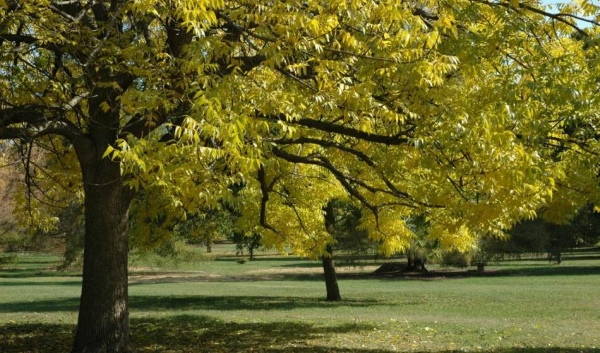
Ash trees are a key component of North American forests. They provide habitat and food for birds, squirrels and insects and support important pollinator species such as butterflies and moths.
"Their decline, which could affect 80% of trees, will greatly change the composition of wild and urban forests," said Murphy Westwood, member of the IUCN Global Tree Specialist group who conducted the assessment.
Millions of small parasitic wasps were released in 24 states in May 2016 to try to fight the beetle.
also the antelope in Africa they risk big. Five previously considered safe species are declining dramatically, including the largest in the world, the giant eland. It is now classified as vulnerable, with no more than 14.000 remaining.
READ also:
- 10 ANIMAL SPECIES AT RISK OF EXTINCTION
More than 150 new endangered species have been added to the red list. However, it must be said that the conditions of some of those already present have slightly improved compared to the last update. This is the case of the snow leopard, who passed from the risk category to that of vulnerable.
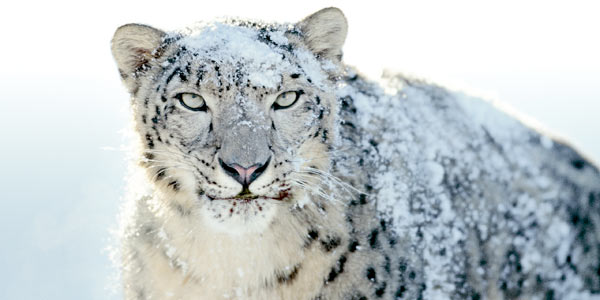
"To be considered endangered, there must be fewer than 2.500 adult snow leopards and they must have a high rate of decline," said Tom McCarthy, who is a wildlife officer for the IUCN.
Small consolation.
Francesca Mancuso




